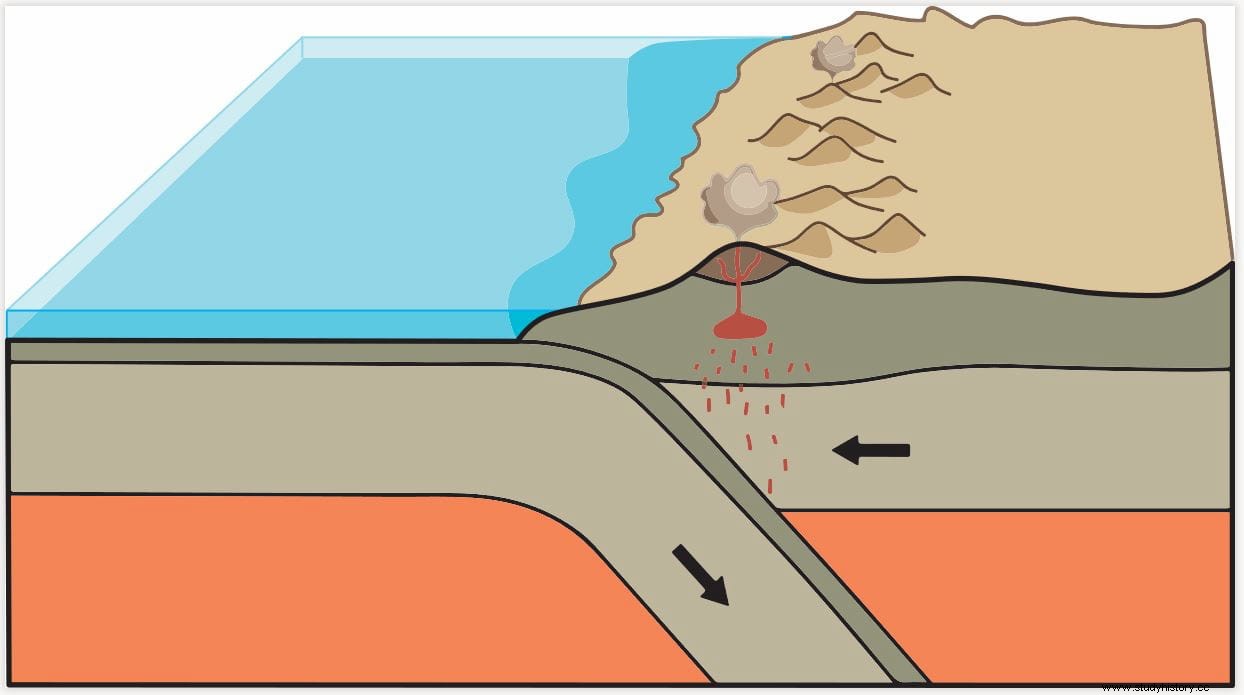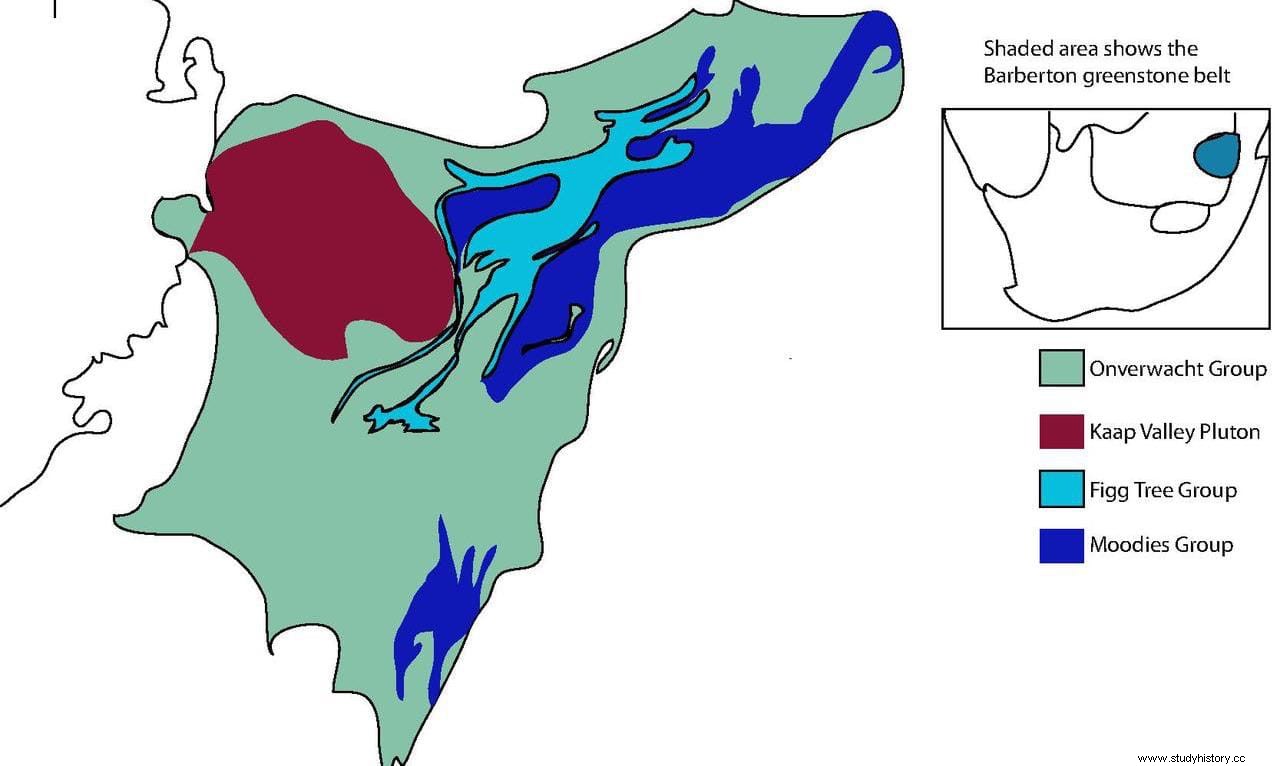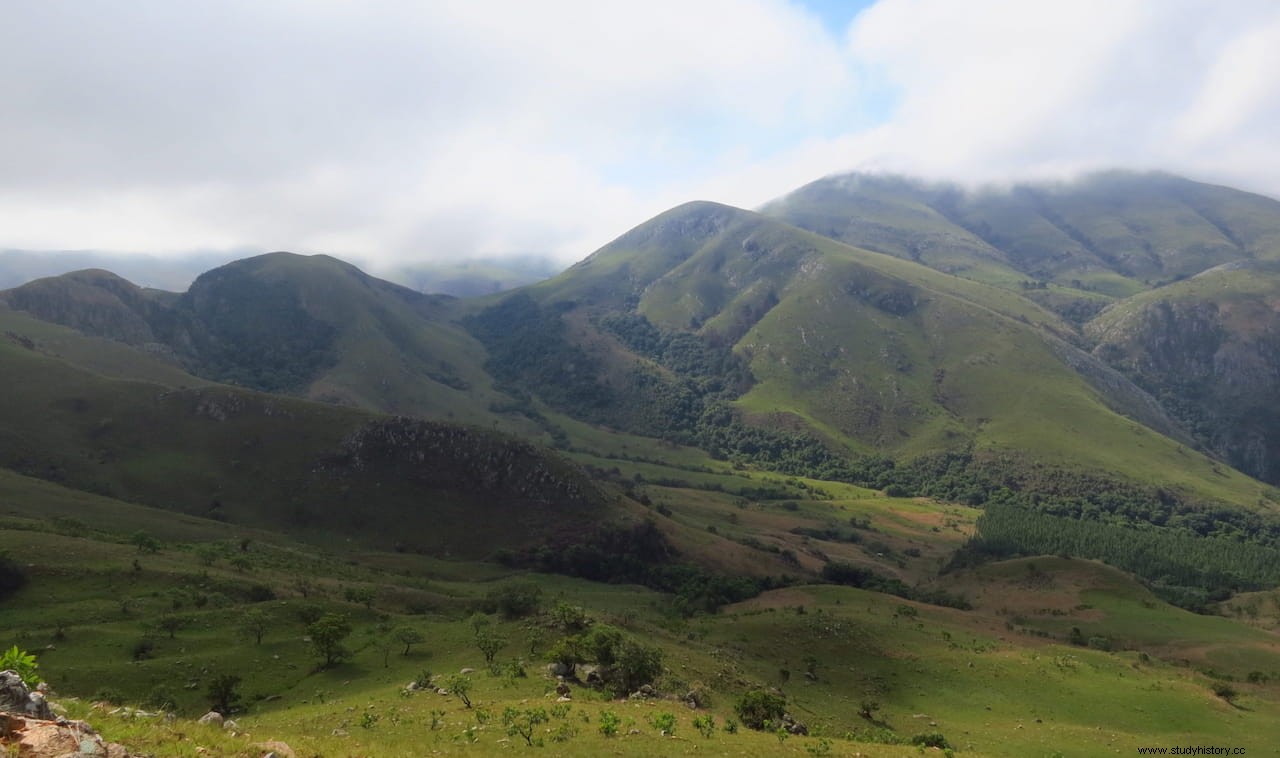A handful of ancient zircon crystals found in South Africa contain the oldest evidence of subduction, a key element of plate tectonics, according to a new study published in AGU Advances, the journal of the American Geophysical Union for research in the sciences. of Earth and space.
These rare time capsules of Earth's youth point to a transition, about 3.8 billion years ago, from a stable, long-lived rocky surface to the active processes that shape our planet today, providing a new clue. in a heated debate about when plate tectonics got going.
The Earth's crust and the upper layer of the mantle just below it are divided into rigid plates that move slowly on top of the viscous but mobile lower layers of mantle rock. Heat from the Earth's core drives this slow but inexorable motion, responsible for volcanoes, earthquakes, and the uplifting of mountain ranges.

Estimates of when this process accelerated and the modern crust formed range from more than 4 billion years ago to just 800 million years ago. The uncertainty arises because the geological record of the Earth's youth is poor, due to the surface recycling effect of plate tectonics itself. Almost nothing remains of the Hadean Eon, the first 500 million years of Earth. The Land of the Hadean is a great mystery box , says Nadja Drabon, a geologist at Harvard University and lead author of the study.
Little time capsules
In an exciting step forward in solving this mystery, in 2018 Drabon and colleagues unearthed a time series of 33 microscopic zircon crystals from a rare ancient crustal block in the Barberton Greenstone belt, in South Africa, which formed at different times over a critical period of 800 million years, from 4.15 to 3.3 billion years ago.
Zircon is a relatively common accessory mineral in the earth's crust, but the ancient representatives of the Hadean Eon, between 4 billion and 4.56 billion years ago, are extremely rare, being found in only 12 locations on Earth and generally , in a number less than three in each place.
Hafnium isotopes and trace elements preserved in zircons from the Greenstone Belt tell a story about conditions on Earth at the time they crystallized. The 3.8 billion-year-old and younger zircons appeared to have formed in rocks experiencing pressures and melting similar to modern subduction zones, suggesting that the crust may have started to move.

When I say “plate tectonics”, I mean specifically an arc zone, where one plate passes under another and all this volcanism takes place:think of the Andes, for example, and the Belt of Fire said Drabon, describing a classic example of subduction. At 3.8 billion years there is a dramatic change where the crust destabilizes, new rocks form, and we see geochemical signatures increasingly resembling what we see in modern plate tectonics «.
In contrast, the oldest zircons preserved evidence of a global layer of protocrust derived from the remelting of mantle rock that had been stable for 600 million years, according to the study.
Signs of global change
The study found a similar transition to modern subduction-like conditions in zircons from other parts of the world, dating to about 200 million years after the South African zircons. We see signs of a significant change in the Earth between 3.8 and 3.6 billion years ago and evolution towards plate tectonics is a distinct possibility said Drabon.
Although not conclusive, the results suggest that a global change may have started that possibly started and stopped in scattered places before settling into the efficient global engine of constantly moving plates we see today.

Plate tectonics shapes Earth's atmosphere as well as its surface. The release of volcanic gases and the production of new silicate rocks, which consume large amounts of carbon dioxide from the atmosphere, temper large swings in temperature due to excess or lack of greenhouse gases. Without all the recycling and new crust formation, we could be going back and forth between scalding hot and freezing cold Dragon said. It's a kind of thermostat for the weather .
Until now, plate tectonics has only been observed on Earth, and it may be essential for a planet to be habitable, making the origins of plate movements of interest in research into the early development of life.
The record we have of the earliest Earth is really limited, but seeing a similar transition in so many different places makes it really plausible that it could have been a global change in crustal processes Dragon said. Some kind of reorganization was happening on Earth .
